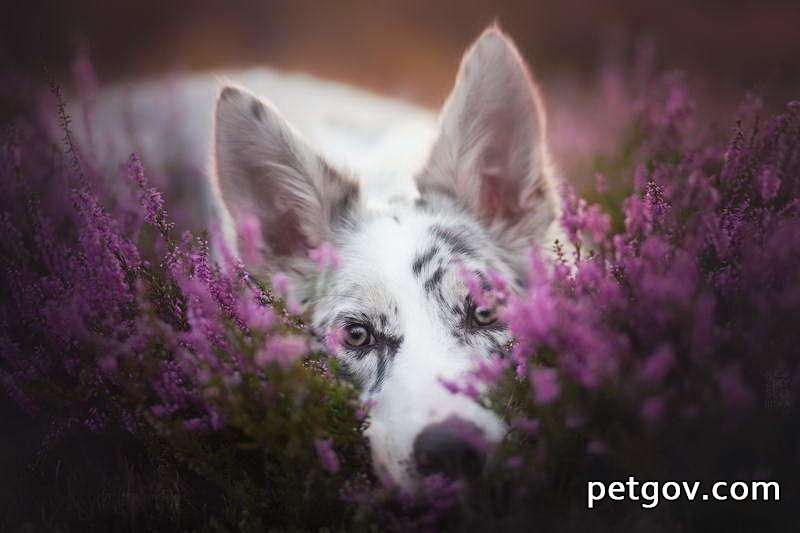Fungal rhinitis refers to infectious diseases in the nasal cavity caused by fungi. The main pathogens causing the disease are Cryptococcus and Aspergillus.
Causes of fungal rhinitis in dogs
CryptococcusCryptococcus neoformans is a fungus that can infect dogs, most likely through the respiratory tract, and the central nervous system symptoms are most obvious in dogs. Pulmonary infections rarely show corresponding clinical symptoms, such as cough, dyspnea, and nasal discharge.
Aspergillus SPP.
Aspergillus fumigatus is a resident fungus in many animals. But it is a pathogen in some dogs. These organisms can form fungal patches (" fungal clusters ") that attack the nasal mucosa. In general, dogs are caused by some other nasal diseases, such as tumors, foreign bodies, trauma or immunodeficiency, which leads to reduced body resistance and secondary fungal infection. In healthy dogs, it is most likely due to excessive exposure to Aspergillus. Another fungus, Penicillium, can cause similar symptoms to Aspergillus. Aspergillus fumigatus is the most common fungal infection in the nasal cavity of dogs.

The main symptoms of fungal rhinitis in dogs
Fungal rhinitis occurs mainly in long-headed dogs from young dogs to middle age. Infected dogs are characterized by mucus or thick nasal discharge from one or both nostrils, occasionally with blood, characterized by absence of pigmentation or ulceration in the nasal cavity, and sometimes facial pain or facial curvature.
Diagnostic criteria for fungal rhinitis in dogs
Different possibilities were initially screened by examination of his medical history. Serological tests, AGAR gel double diffusion and ELISA were performed, and the diagnosis could be confirmed when the results were positive.



